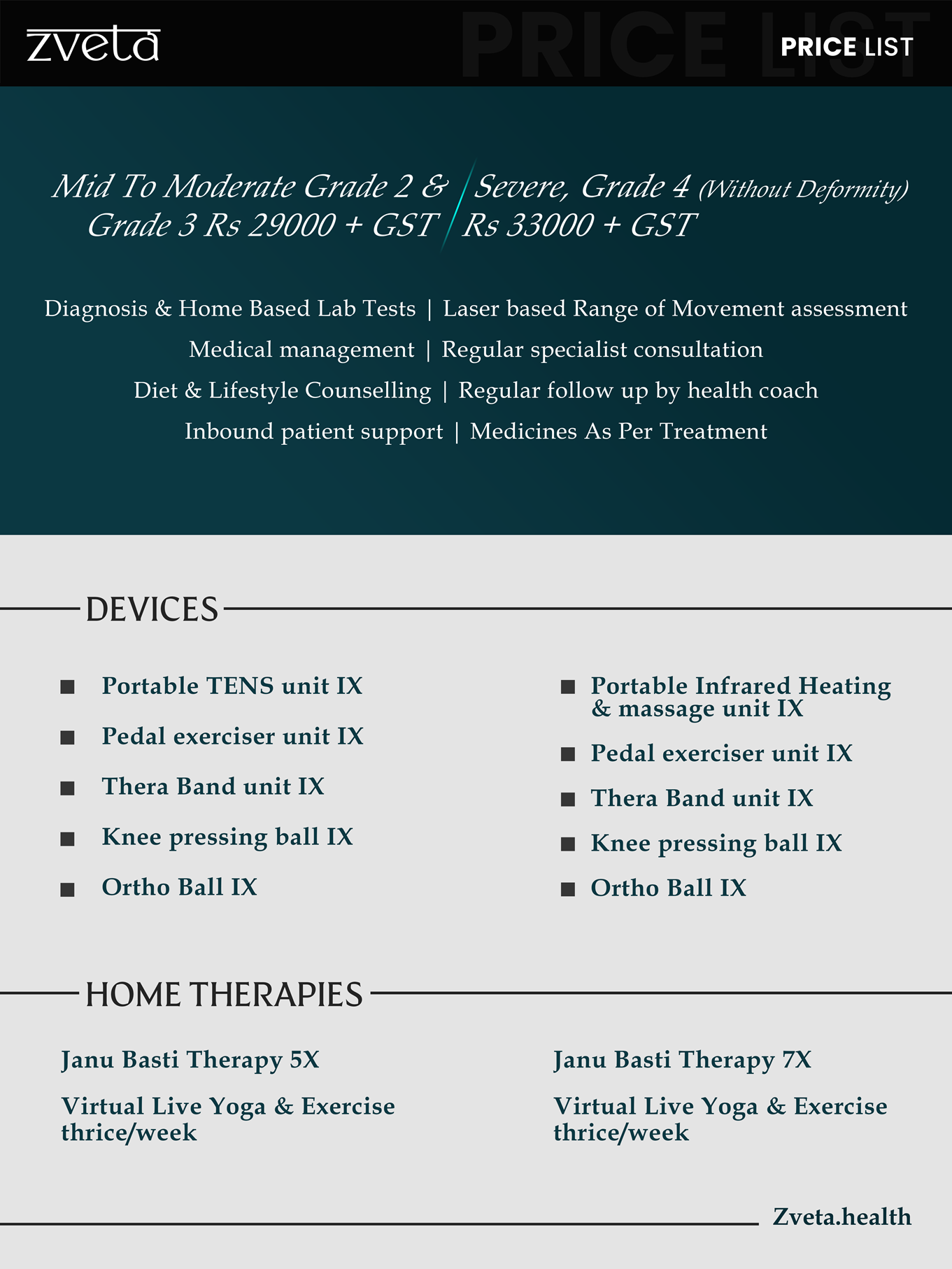
If you’re sitting at a desk all day, you’re likely familiar with the aches and pains that come from prolonged sitting—especially in the neck, shoulders, lower back, and hips. But it’s not just desk jobs that can lead to discomfort. Muscle tension, joint stiffness, or chronic pain conditions like arthritis or sciatica can all lead to some form of persistent discomfort. The good news is that stretching can help. It might sound like an inconsequential activity, but it is a simple yet powerful tool to help you reduce pain, release muscle tension, and improve mobility.
The Science Behind Stretching and Pain Relief
Stretching is more than just a way to increase flexibility—it has a powerful effect on the body’s ability to manage and alleviate pain. Let’s take a look at the science behind stretching.
Muscle Relaxation and Tension Release
When muscles become tight, they can contribute to pain and discomfort. Stretching helps lengthen these muscles, releasing built-up tension and promoting relaxation. When you stretch a muscle, it activates sensory receptors called muscle spindles that signal the nervous system to ease the muscle contraction. This process helps reduce muscle stiffness, which is often a source of pain.
Increased Blood Flow and Oxygenation
One of the key benefits of stretching is its ability to improve circulation. Stretching promotes blood flow to the muscles, increasing the delivery of oxygen and nutrients that are essential for healing and recovery. Enhanced circulation also helps flush out metabolic waste products like lactic acid, which can build up after physical exertion and cause soreness.
Endorphin Release
Stretching, like other forms of physical activity, stimulates the release of endorphins, the body’s natural painkillers. Endorphins are chemicals produced by the brain that block pain signals and promote a feeling of well-being. These natural pain-relieving compounds can help soothe discomfort caused by tension, injury, or chronic conditions. This is the reason why stretching feels so good.
Improved Joint Mobility
Stretching can help maintain or improve the range of motion in your joints, which is crucial for preventing pain. Over time, tight muscles can restrict movement and cause pain, particularly in areas like the hips, back, and shoulders. By stretching regularly, you can maintain joint flexibility and reduce the stiffness that leads to pain and discomfort. This is particularly beneficial for those suffering from conditions like arthritis, where joint inflammation can limit mobility.
Stress Relief
Emotional stress and physical pain are often interconnected. When you’re stressed, your body’s natural response is to tense up, particularly in areas like the neck, shoulders, and back. This muscle tension can contribute to headaches and other forms of pain. Stretching promotes relaxation by reducing the physical effects of stress. It activates the parasympathetic nervous system, which is responsible for “rest and digest” functions, helping to calm your body and mind.
Key Stretches for Common Pain Areas
Stretching can target specific areas of the body that are prone to tension, stiffness, and pain. These stretches are also not that difficult and can be easily incorporated into your daily routine.
Neck and Shoulders
The neck and shoulders are often the first places where stress, poor posture, and muscle tightness show up. Prolonged sitting, desk work, and poor alignment can lead to neck pain, shoulder tension, and headaches.
- Neck Tilts – Sit or stand up straight. Gently tilt your head towards one shoulder, bringing your ear toward your shoulder without lifting the opposite shoulder. Hold for 15–30 seconds and repeat on the other side. This stretch helps release tension in the neck muscles.
- Shoulder Rolls – Sit or stand tall. Slowly roll your shoulders forward in a circular motion for 10–15 repetitions, then reverse the direction. Helps loosen tight shoulder muscles and relieve upper back tension.
- Upper Trapezius Stretch – Sit tall and gently tilt your head to one side, using the opposite hand to apply light pressure to deepen the stretch. This targets the upper trapezius muscles, which are often tight due to stress or poor posture.
- Cat-Cow Stretch – On all fours, alternate between arching (cow) and rounding (cat) your back to improve spinal mobility.
- Child’s Pose – Sit back on your heels and extend your arms forward on the floor to stretch the lower back and hips.
- Spinal Twist – Lie on your back, drop knees to one side, and hold for 15–30 seconds to release tension in the spine.
- Hip Flexor Stretch – Lunge forward with one leg while keeping the back knee on the floor to stretch the hip flexors.
- Hamstring Stretch – Sit with one leg extended, reach toward your toes, and hold for 15–30 seconds to release tight hamstrings.
- Figure Four Stretch – Cross one ankle over the opposite knee and gently press the knee away from your body to stretch the hips.
- Wrist Flexor Stretch – Extend your arm with the palm up and gently pull the fingers back to stretch the forearm.
- Wrist Extensor Stretch – Extend your arm with the palm down and gently press the back of your hand to stretch the wrist.
- Finger Stretches – Gently pull each finger back to relieve stiffness, especially if you type frequently.


